Retrospective of Rome: Total War
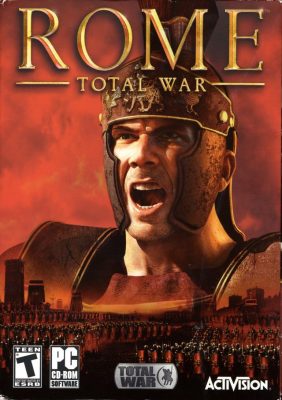 “Fortune favors the brave, but victory favors the prepared.” – Publius Cornelius Scipio Africanus
“Fortune favors the brave, but victory favors the prepared.” – Publius Cornelius Scipio Africanus
by Patrick S. Baker
After two hits with Shogun: Total War and Medieval: Total War, the Creative Assembly (CA) Company determined to continue the Total War Series with Rome: Total War (Rome). The team at CA selected the Roman Era for many reasons. It is one of the most popular and well-documented periods in history and offered depth of events, characters, and battles that could be translated into an appealing game.
There was strong interest among gamers for a strategy game set in Roman times. Also, CA’s development team was deeply interested in the time period and thought it would provide a great setting for innovative game-play and a strong strategic narrative.
During the development of both Shogun and Medieval the CA team consulted with notable historians to maintain historical accuracy. While working on Rome, the CA team did a similar level of consultation.

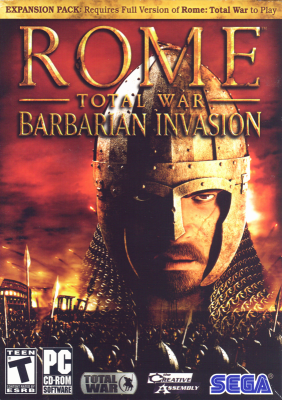 “The decline and fall of Rome was a slow and agonizing process, marked by internal strife, foreign invasions, and the erosion of moral values.” – Edward Gibbon
“The decline and fall of Rome was a slow and agonizing process, marked by internal strife, foreign invasions, and the erosion of moral values.” – Edward Gibbon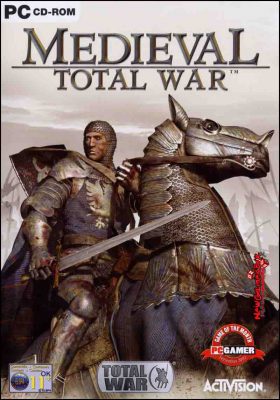
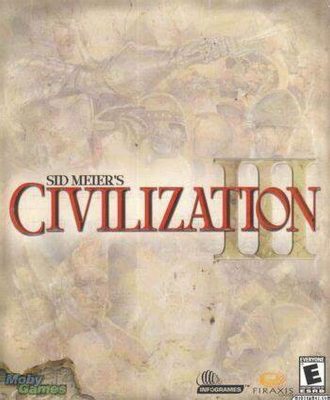
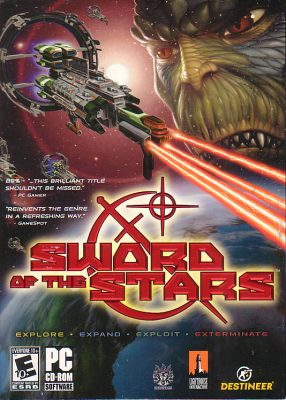 “SolForce’s official motto was “Per Ardua Ad Astra” (Latin: “Through Hardship, The Stars”), but its real motto was “Repensum Est Canicula” (Latin: “Payback is a Bitch”).”
“SolForce’s official motto was “Per Ardua Ad Astra” (Latin: “Through Hardship, The Stars”), but its real motto was “Repensum Est Canicula” (Latin: “Payback is a Bitch”).”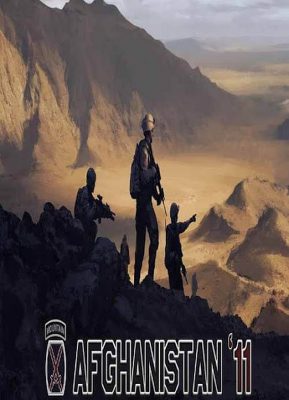 The art of coalition command … in Afghanistan … is to take the resources you are provided with, understand what the strengths and weaknesses are and to employ them to the best overall effect. – David Petraeus
The art of coalition command … in Afghanistan … is to take the resources you are provided with, understand what the strengths and weaknesses are and to employ them to the best overall effect. – David Petraeus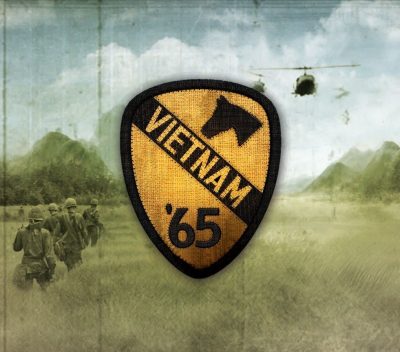 “We are fighting a war with no front lines, since the enemy hides among the people, in the jungles and mountains, and uses covertly border areas of neutral countries. One cannot measure [our] progress by lines on a map.”—General William C. Westmoreland
“We are fighting a war with no front lines, since the enemy hides among the people, in the jungles and mountains, and uses covertly border areas of neutral countries. One cannot measure [our] progress by lines on a map.”—General William C. Westmoreland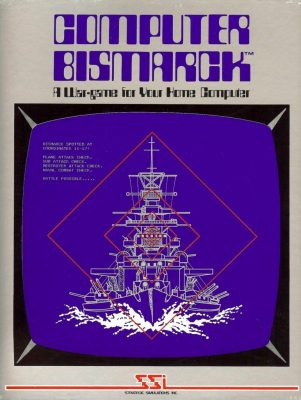 “In May of 1941 the war had just begun, The Germans had the biggest ship that had the biggest guns
“In May of 1941 the war had just begun, The Germans had the biggest ship that had the biggest guns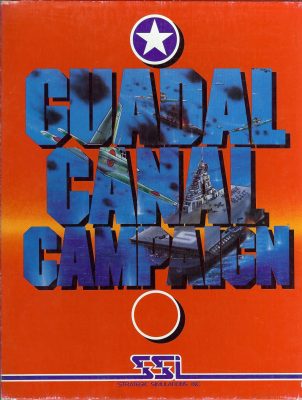 “Before Guadalcanal, the enemy advanced at his pleasure—after Guadalcanal, he retreated at ours.” – Adm. William F. (Bull) Halsey, USN
“Before Guadalcanal, the enemy advanced at his pleasure—after Guadalcanal, he retreated at ours.” – Adm. William F. (Bull) Halsey, USN “I used to say of Napoleon that his presence on the field made the difference of forty thousand men.” – Arthur Wellesley, the Duke of Wellington
“I used to say of Napoleon that his presence on the field made the difference of forty thousand men.” – Arthur Wellesley, the Duke of Wellington